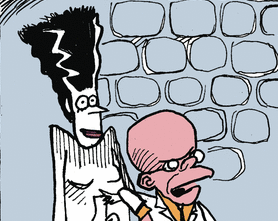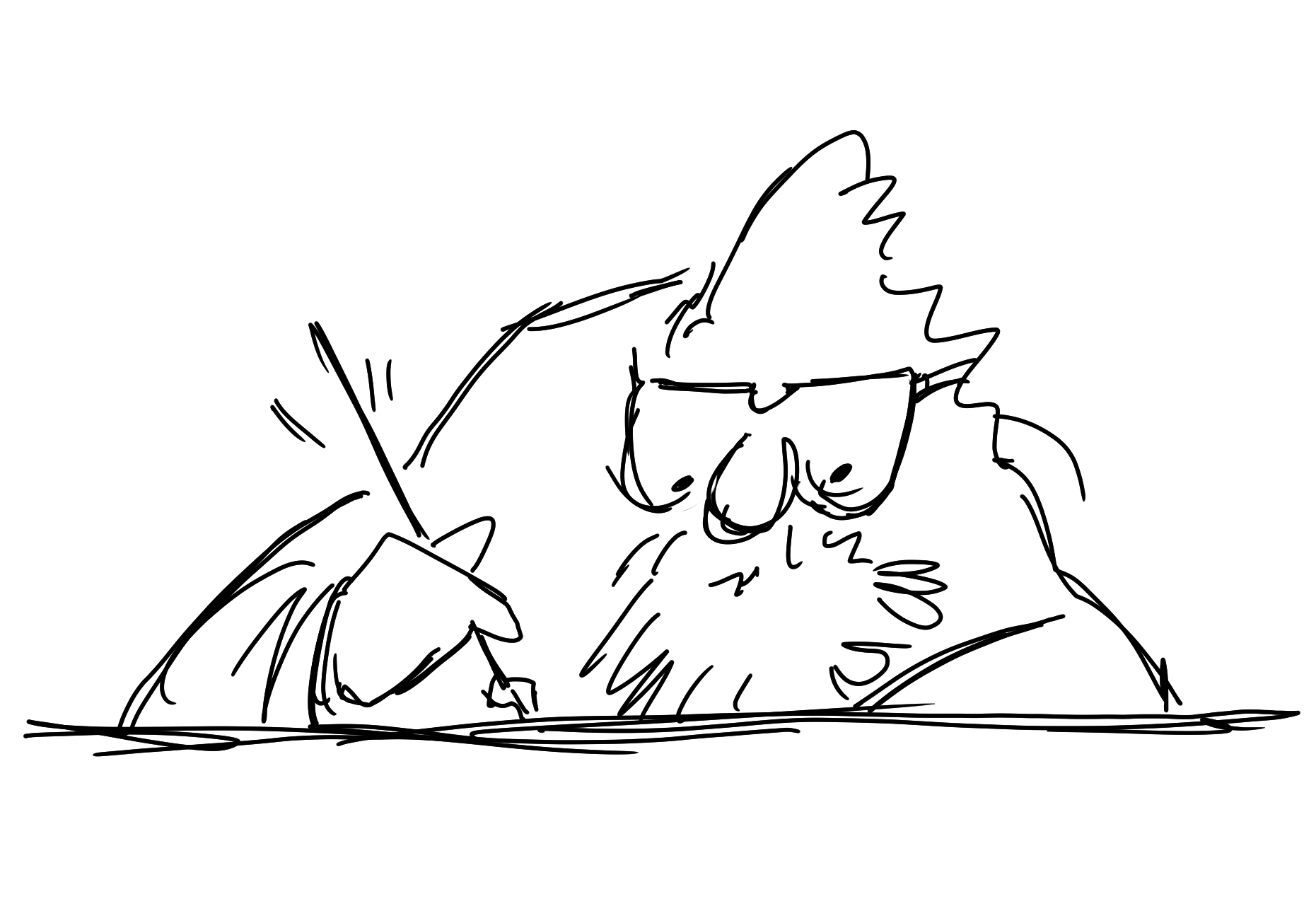State of Syndicated Newspaper Cartoonists
Skip to comments“I’m expecting some problems.”
Editor & Publisher looks at the current situation of newspaper syndicated editorial cartoons and comic strips.
Ginger Meggs is an institution in Australia, where the beloved comic strip — about a “red-haired larrikin” living in the suburbs — has run in newspapers nationwide for over 100 years.
But that relationship between generations of Australians and the newspapers that have long published the comic strip was instantly severed when the two major chains down under — Rupert Murdoch’s News Corp Australia and Nine Entertainment — decided to eliminate all comic strips.

Cartoonists and syndication companies in the United States are keenly aware of what happened in Australia and what it could portend for comic strips here. While no major newspaper chains in the U.S. have pulled the plug entirely on comics sections, publishers have been willing to make wholesale moves involving comics and puzzles they wouldn’t have dreamt of doing in previous years for fear of alienating more of their declining print subscribers.
In March 2021, McClatchy Group consolidated their comics and puzzles into one standardized page that appears across all their properties.
Lee Enterprises followed suit in September 2022, unifying their comics and puzzle offerings across their 77 daily newspapers and reducing the number of comics in their dailies…
Gannett, the country’s largest chain with more than 250 daily newspapers, announced a move towards a unified comics package in September. But unlike McClatchy and Lee, Gannett said comics may still vary from market to market.
Rob Tornoe, at Editor and Publisher, reports on the current state of newspaper comics and what syndicates are doing to help their cartoonists. And Rob’s article also notes the grim state of newspaper editorial cartoons.

Newspaper chains in the U.S. have come for their newspaper’s opinion sections, too.
Gannett decided in June 2022 to pare back opinion sections. Some newspapers have cut opinion pages to just one or two days a week. At nearly all papers, syndicated columns and editorial cartoons have been eliminated.
Newspapers also continue to shed editorial cartoonists on staff. In July, McClatchy laid off its three remaining staff cartoonists, all Pulitzer Prize winners — Kevin Siers at the Charlotte Observer, Joel Pett of the Lexington Herald-Leader, and Jack Ohman at the Sacramento Bee.


Comments 13
Comments are closed.